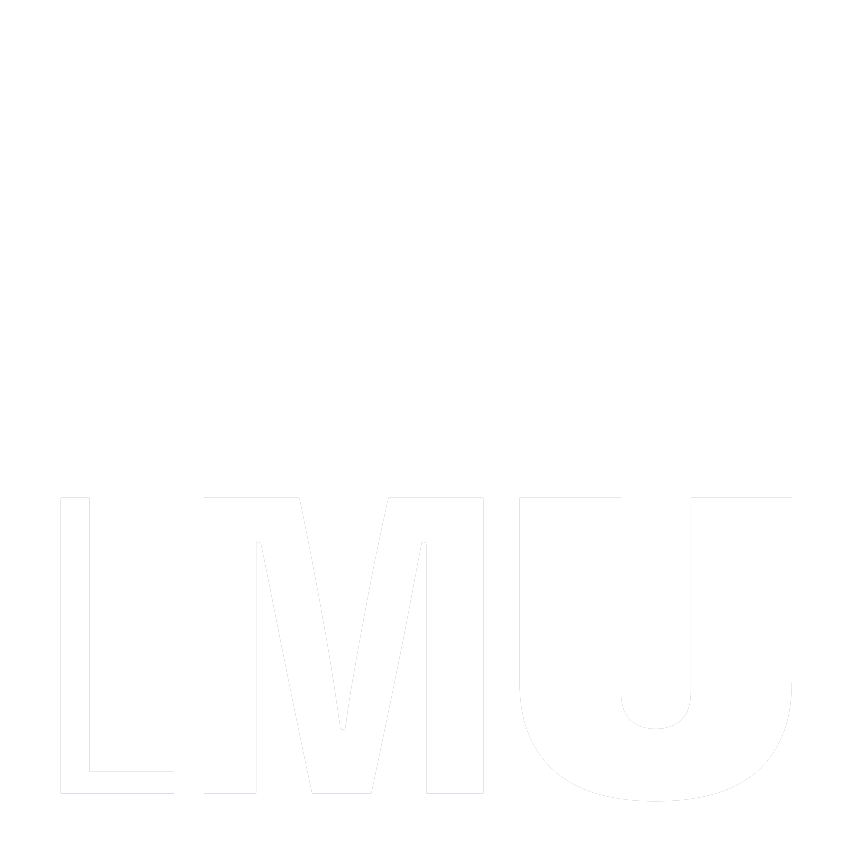Trend Seminar Spring 2022: “Tackling Climate Change in the AI Era”
I am currently sitting on the couch in the lounge room at the CDTM Center, sipping on my coffee [which I paid in Bitcoin – pretty awesome if you ask me!] looking forward to the well-earned ice-cream break that is about to happen in a couple of minutes. It’s Monday afternoon and the last week of our Trend Seminar started.
Over the past six weeks, the Spring 2022 Batch has been wrapping its head around a big question: How can we tackle climate change in the AI era? Together with our project partners the Bavarian Ministry of Digital Affairs and the Bavarian AI-Council, we have deep-dived into the topic for the last six weeks. Before giving you a sneak preview on the findings, ideas and visions we developed [and the behind the scenes insights!], let’s start with a run through the process that helped us find answers to the question.
The process
The trend seminar is structured in four phases: the trends phase, the scenario phase, the ideation phase and the communication phase. In those phases we work towards the goal of producing a comprehensive trend report for our project partner. Our report will be published later this year , so stay tuned and until then – check out the old trend reports!
For the trends phase we took a time horizon of 5 years and identified the technological, legal, economical, and societal trends which are shaping our environment. The scenario phase aimed to develop – drumroll – possible scenarios how our world could develop until 2042. We furthermore identified signposts which indicate the likeliness of moving towards a specific scenario. Lastly, our strong entrepreneurial spirit did not fall short either. In the ideation phase, we developed potential future business ideas that would thrive in the envisioned futures and scenarios. [Let me tell you: from space elevator to building white-noise windmills – we had it all!] And right now, in the communication phase, we are working on the layout, editing, and communication plan for our report.

The outcome
Despite the trend report not being a thorough academic study, we can comfortably conclude that AI can help tackle climate change. We detected actions taken in various field.
The dairy free milk you poured in your coffee this morning might have been developed using AI. [Yes, you read that right] Material production is responsible for 23% of global emissions. AI is already applied today in developing alternatives for highly-emitting materials, including milk alternatives, but also such ones as graphene or solar fuels. And this is just one of many trends we found. On the legal landscape we identified a shift from state level recommendations to implementing cross-border regulatory frameworks. What is driving this trend? Businesses need harmonization because of global competition and AI is implemented under the premise to fulfill the global SDGs. This is just a short glimpse into the trend we discovered.
But what happens if we go beyond the tangible or foreseeable timeframe? Well, luckily smart people have asked themselves that question before and developed frameworks which can be used to develop scenarios [surprise, we used them]. We ranked our identified drivers by uncertainty and impact. Those that were ranking high on both scales ended up being our key drivers. We believe green investments, accessibility of data, infrastructure, societal cohesion and consumption behavior will have a major impact on our world in 2042. In our final scenario matrix, we plotted local vs global prioritization against high vs low climate commitment and gave names to the four scenarios [that’s definitely easier to explain with a picture – see below:]

By that point five weeks have past and there is only one thing left to do: Coming up with business ideas that would thrive in those scenarios. And let me tell you, narrowing down our 142 initial ideas to 5 final ones was fun but tough, but fun! The generated business concepts include an urban planning and monitoring simulator, a smart control system for office energy usage, a carbon-negative beef alternative from ambient CO2, AI-powered green microgrids, and an innovative resource-efficient shower system.
Some more behind the scene ;) [aka. what you really came for]
- We re-opend the Center kitchen after a long covid break and had multiple breakfast, lunches and dinner together.
- Unlike other classes who got hyped about a asian restaurant with a name that translates to lemongrass, we discovered a hidden treasure: the 4 EUR falafel wrap close to central station. Well unfortunately, we were SUCH good clients, that the prices were increased by 25%!!! [yes that makes 5 EUR, but 25% just sounded more dramatic]
- The infamous “meet the new class” party happend. Period. [all other details remain a secret, but let me share one picture at least]
- Casted by the spell of the CDTM vibes, our class strongly bonded from the very first days. In fact, we introduced “Mostly Mindful”. In weekly evening sessions we talked about deeper, personal questions, stress, and pressure. We created a safe environment for everyone to speak openly about what’s on their mind. [it warms my heart when I think about it! It has been said many times, but it’s true: It’s the people that make the CDTM so unique]
And let’s round this up how it started – by now it’s Wednesday [no I did not work day and night!] and we are all sitting together, working on the final touches. Could you see yourself sitting with us?
Apply now to become a future Centerling!
Your spring class 2022









